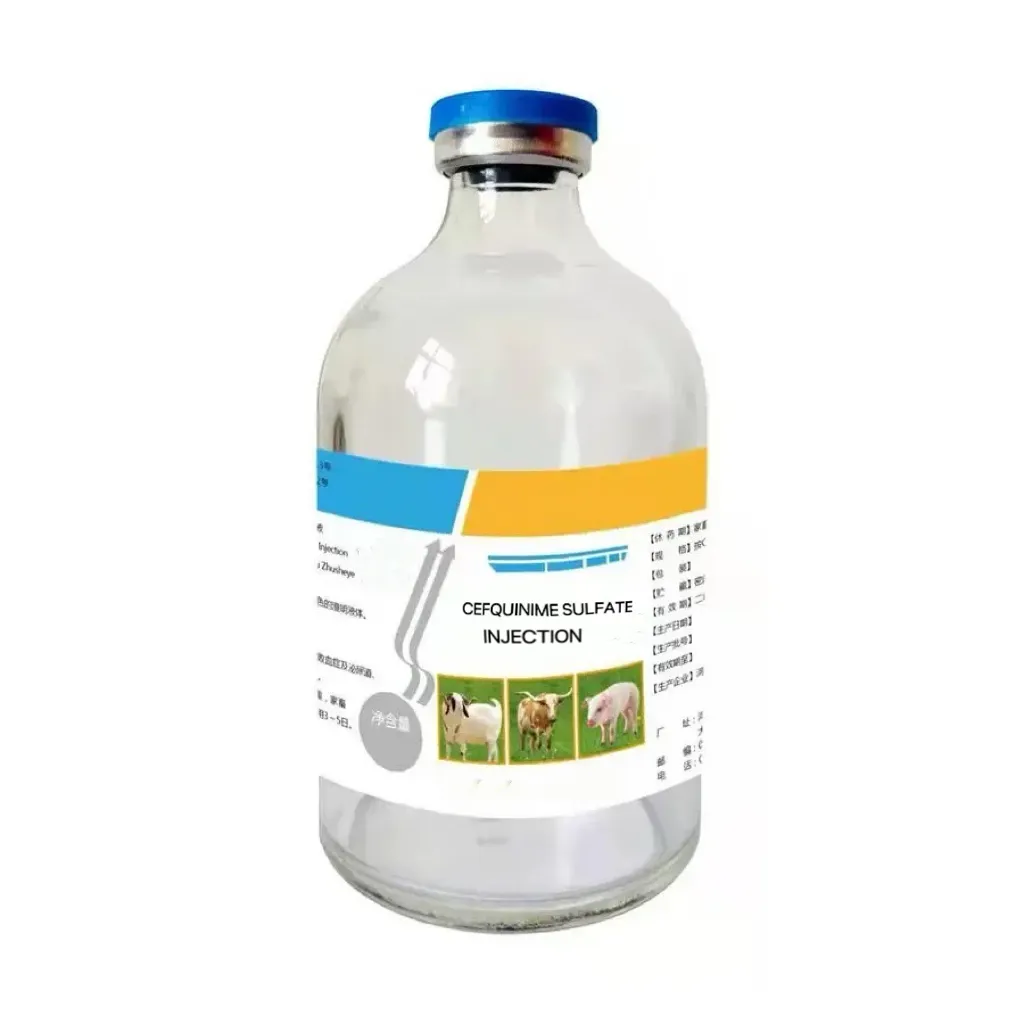- Afrikaans
- Albanian
- Amharic
- Arabic
- Armenian
- Azerbaijani
- Basque
- Belarusian
- Bengali
- Bosnian
- Bulgarian
- Catalan
- Cebuano
- Corsican
- Croatian
- Czech
- Danish
- Dutch
- English
- Esperanto
- Estonian
- Finnish
- French
- Frisian
- Galician
- Georgian
- German
- Greek
- Gujarati
- Haitian Creole
- hausa
- hawaiian
- Hebrew
- Hindi
- Miao
- Hungarian
- Icelandic
- igbo
- Indonesian
- irish
- Italian
- Japanese
- Javanese
- Kannada
- kazakh
- Khmer
- Rwandese
- Korean
- Kurdish
- Kyrgyz
- Lao
- Latin
- Latvian
- Lithuanian
- Luxembourgish
- Macedonian
- Malgashi
- Malay
- Malayalam
- Maltese
- Maori
- Marathi
- Mongolian
- Myanmar
- Nepali
- Norwegian
- Norwegian
- Occitan
- Pashto
- Persian
- Polish
- Portuguese
- Punjabi
- Romanian
- Russian
- Samoan
- Scottish Gaelic
- Serbian
- Sesotho
- Shona
- Sindhi
- Sinhala
- Slovak
- Slovenian
- Somali
- Spanish
- Sundanese
- Swahili
- Swedish
- Tagalog
- Tajik
- Tamil
- Tatar
- Telugu
- Thai
- Turkish
- Turkmen
- Ukrainian
- Urdu
- Uighur
- Uzbek
- Vietnamese
- Welsh
- Bantu
- Yiddish
- Yoruba
- Zulu
Nën . 05, 2024 20:07 Back to list
oxytetracycline 5 injection
Oxytetracycline 5% Injection A Comprehensive Overview
Oxytetracycline is a broad-spectrum antibiotic that falls under the class of tetracyclines. It is widely used in veterinary medicine, but it also has applications in human medicine for treating various infections caused by susceptible bacteria. The 5% injection form of oxytetracycline is particularly noteworthy for its clinical effectiveness, formulation characteristics, and administration routes. This article will provide a comprehensive overview of oxytetracycline 5% injection, exploring its uses, mechanism of action, dosage considerations, potential side effects, and precautions.
Uses and Indications
Oxytetracycline 5% injection is primarily used to treat a variety of bacterial infections in both animals and humans. In veterinary medicine, it is often utilized to control respiratory infections, urinary tract infections, and soft tissue infections in livestock and pets. In human medicine, it is indicated for the treatment of certain infections, including acne, respiratory tract infections, and other conditions caused by susceptible microorganisms. Additionally, oxytetracycline can be used for prophylactic purposes, such as preventing infections in patients undergoing surgical procedures.
Mechanism of Action
The therapeutic efficacy of oxytetracycline is attributed to its mechanism of action, which involves the inhibition of bacterial protein synthesis. It achieves this by binding to the 30S ribosomal subunit of bacteria, preventing the attachment of aminoacyl-tRNA to the ribosomal acceptor site. Consequently, this action disrupts the growth and reproduction of bacteria, making it an effective treatment against a wide range of Gram-positive and Gram-negative organisms. The spectrum of activity against various bacterial pathogens bolsters its utility in clinical settings.
Dosage and Administration
Oxytetracycline 5% injection is typically administered via intramuscular or intravenous routes, depending on the specific clinical circumstances and the intended patient population. The dosage varies based on the severity and type of infection, as well as the age and weight of the individual. For humans, common dosing regimens may involve an initial loading dose followed by maintenance doses. In veterinary settings, dosages are often calculated based on the animal's weight and the clinical indication.
oxytetracycline 5 injection

It’s essential for healthcare providers to closely monitor the patient's response to treatment, adjusting the dosage as necessary to achieve optimal therapeutic outcomes. In some cases, the duration of therapy may range from a few days to several weeks, depending on the severity of the infection and the patient's overall health status.
Potential Side Effects
While oxytetracycline is generally well-tolerated, it is not without potential side effects. Commonly reported adverse reactions may include gastrointestinal disturbances such as nausea, vomiting, and diarrhea. More severe side effects can occur, such as hypersensitivity reactions, hepatotoxicity, or nephrotoxicity, particularly in patients with pre-existing liver or kidney conditions. Additionally, the use of tetracyclines, including oxytetracycline, in young children and pregnant women is often cautioned against due to the risk of tooth discoloration and possible adverse effects on fetal development.
Precautions and Contraindications
Before initiating treatment with oxytetracycline 5% injection, healthcare providers should conduct thorough patient assessments to identify any contraindications. Patients with a known hypersensitivity to tetracycline antibiotics should avoid this medication. Care must also be taken when administering oxytetracycline to individuals with kidney or liver impairment, as dosage adjustments may be necessary to mitigate the risk of toxicity.
Moreover, it’s important to educate patients about the potential interactions with other medications and the importance of adhering to prescribed therapies. In particular, antacids, iron supplements, and other compounds containing divalent or trivalent cations can interfere with the absorption of oxytetracycline and diminish its effectiveness.
Conclusion
Oxytetracycline 5% injection remains a vital tool in combating bacterial infections across various medical fields. Its broad spectrum of activity, effective mechanism of action, and therapeutic applications make it an important antibiotic. However, judicious use, awareness of potential side effects, and adherence to best practice guidelines are essential to maximize therapeutic benefits while minimizing risks. As with any antibiotic therapy, the principles of responsible use should guide clinical decision-making to ensure the continued effectiveness of oxytetracycline and to combat the rising concern of antibiotic resistance.
-
Guide to Oxytetracycline Injection
NewsMar.27,2025
-
Guide to Colistin Sulphate
NewsMar.27,2025
-
Gentamicin Sulfate: Uses, Price, And Key Information
NewsMar.27,2025
-
Enrofloxacin Injection: Uses, Price, And Supplier Information
NewsMar.27,2025
-
Dexamethasone Sodium Phosphate Injection: Uses, Price, And Key Information
NewsMar.27,2025
-
Albendazole Tablet: Uses, Dosage, Cost, And Key Information
NewsMar.27,2025













